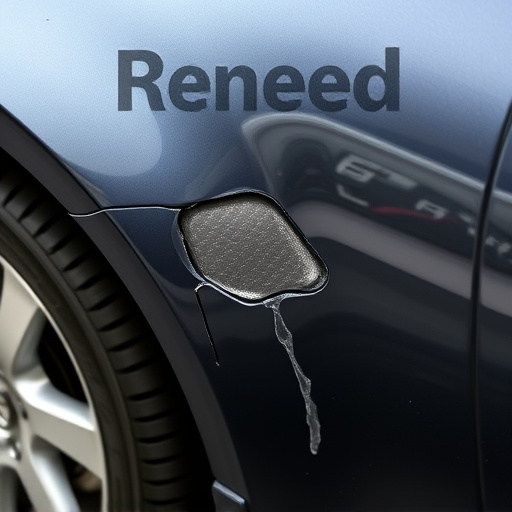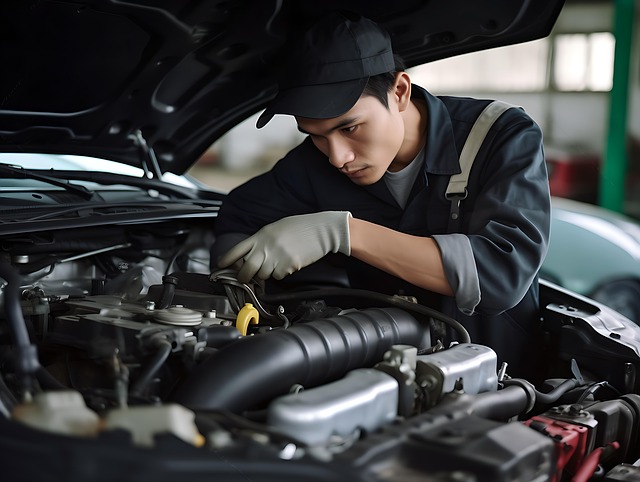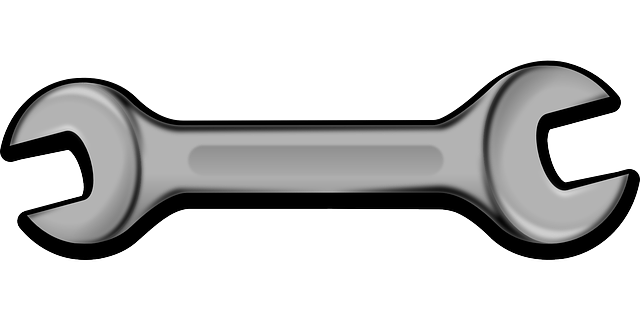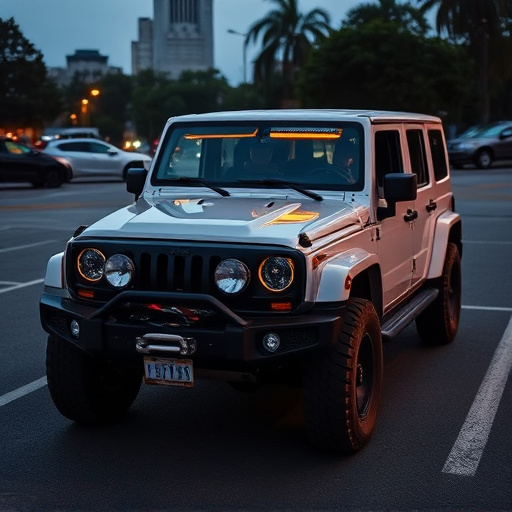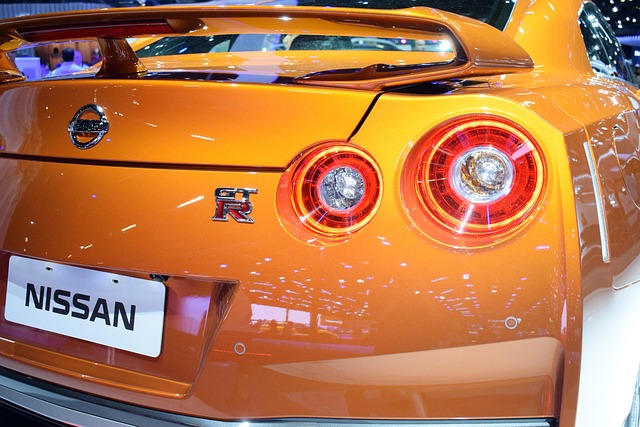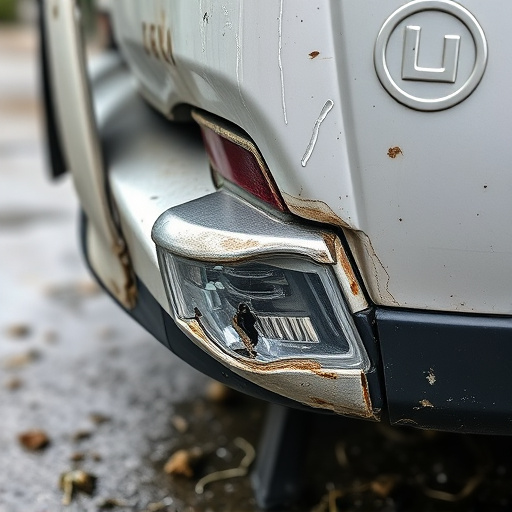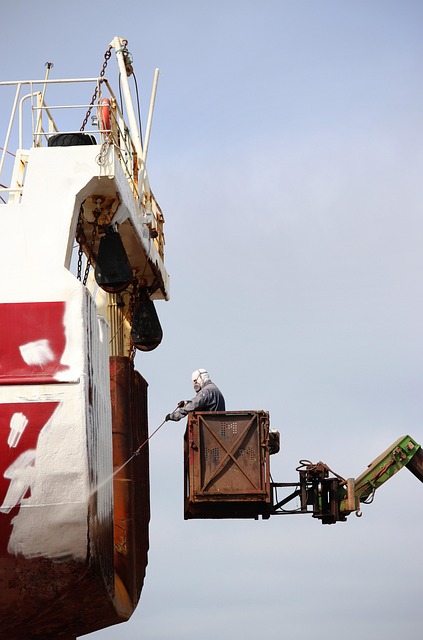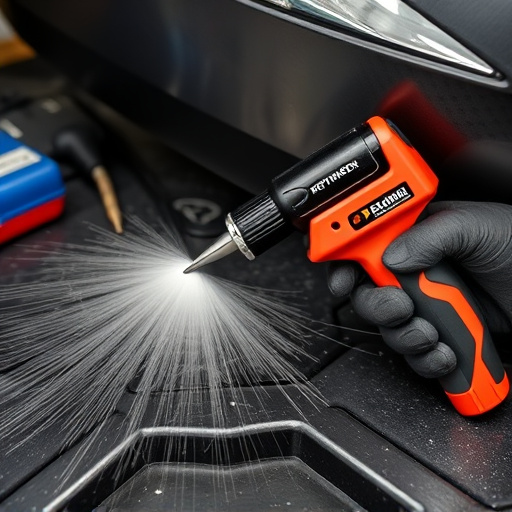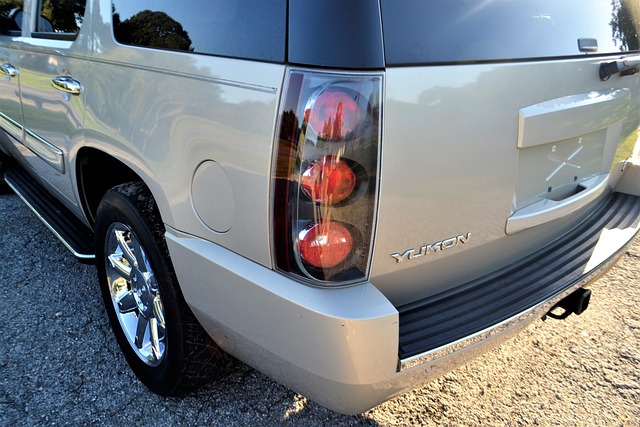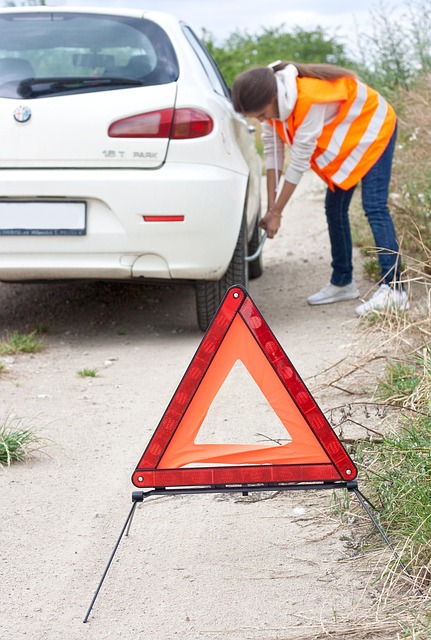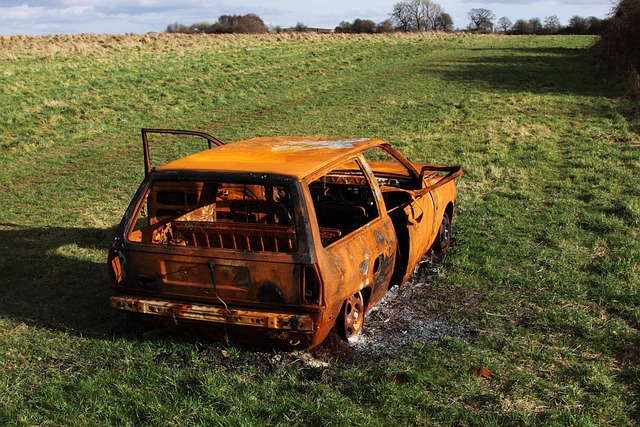PDR (Paintless Dent Repair) offers a cost-effective, eco-friendly solution for hail damage, using advanced tools to expertly repair dented panels without replacing them. While traditional methods face competition from automated technologies, PDR remains relevant, especially in regions prone to severe weather, as it retains the original factory finish, preserves resale value, and provides faster turnaround times. However, precise assessments and high-quality materials are crucial for flawless results, and emerging trends challenge its dominance, creating opportunities for practitioners to adapt.
Is PDR (Paintless Dent Repair) for hail damage still a valuable option? With frequent extreme weather events, this age-old repair method is gaining new relevance. This article explores the benefits of PDR for hail damage, from cost-effectiveness to rapid restoration. We delve into the process, common challenges, and consider alternatives in light of evolving trends. Understanding PDR’s place in modern automotive care is essential for both professionals and consumers alike.
- Understanding PDR for Hail Damage: The Process and Its Benefits
- Common Challenges and Considerations in PDR for Hail Damage Repair
- Is PDR Still Relevant? Exploring Alternatives and Future Trends
Understanding PDR for Hail Damage: The Process and Its Benefits
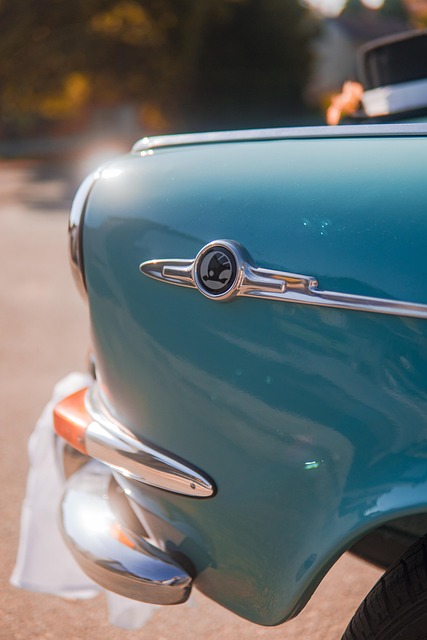
PDR for hail damage involves a specialized technique to restore damaged vehicles back to their pre-incident condition. This process focuses on repairing dented panels rather than replacing them, making it an eco-friendly and cost-effective solution. By using advanced tools and trained technicians, PDR expertly manipulates metal without affecting the surrounding areas.
The benefits of PDR extend beyond economic savings. It retains the original factory finish, enhances the vehicle’s overall appearance, and preserves its resale value. Moreover, PDR is faster than traditional auto dent repair methods, allowing for quicker turnaround times. This efficiency ensures that drivers can get back on the road sooner, adding convenience to an otherwise stressful experience.
Common Challenges and Considerations in PDR for Hail Damage Repair

The process of PDR for hail damage repair comes with its fair share of challenges and considerations. One of the primary obstacles is the varying intensity of hailstorms, which can range from light to severe, leading to diverse levels of car bodywork damage. This diversity requires skilled technicians who can assess and address each case individually, ensuring precise repairs tailored to the extent of the hail impact.
Furthermore, PDR involves meticulous work on delicate car bodywork surfaces, often leaving visible signs of repair if not executed properly. While advanced techniques have enhanced precision, achieving a flawless finish that matches the original car bodywork can still be demanding. The need for high-quality materials and expert craftsmanship is paramount to avoid noticeable remnants of repairs, ensuring a seamless restoration akin to the vehicle’s pre-hail condition.
Is PDR Still Relevant? Exploring Alternatives and Future Trends

In today’s digital age, where new technologies emerge daily, one might wonder if traditional methods like PDR for hail damage still hold relevance. For years, paintless dent repair (PDR) has been a go-to solution for car owners dealing with dents and scratches caused by hailstorms or other incidents. Its popularity stems from the fact that it’s cost-effective, non-invasive, and allows for quick repairs, often without painting. However, as collision centers explore alternative methods like automated dent removal robots and advanced body shop technologies, the question arises: Is PDR still worth your time?
While PDR remains a valuable option for many, especially in areas prone to severe weather conditions that lead to widespread hail damage, it’s essential to consider emerging trends. Automated systems offer precision and speed, making them attractive for collision centers aiming to maximize efficiency. Moreover, as consumer expectations evolve, demand for seamless, swift, and eco-friendly solutions drives innovation. In terms of dent removal, these advancements could reshape the industry, offering both challenges and opportunities for traditional PDR practitioners.
PDR for hail damage remains a valuable option for vehicle owners, offering a fast, cost-effective, and visually appealing repair method. While challenges exist, continuous advancements in technology and techniques ensure better outcomes. As the automotive industry evolves, exploring alternatives alongside PDR is crucial to staying informed. However, until new methods surpass its efficiency and accessibility, PDR for hail damage continues to be a relevant and effective solution for many drivers.
